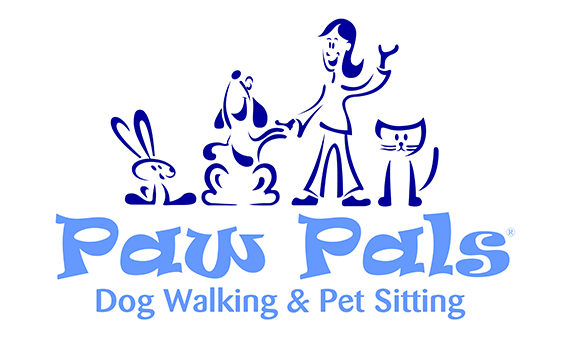As the days grow shorter and temperatures drop, both pets and their owners tend to retreat indoors. The change in routine, combined with fewer opportunities for outdoor exercise, can sometimes result in restlessness or unruly behaviour from our furry companions. To help make the transition smoother, we’re sharing some essential training tips to ensure your pets remain well-mannered during the cosy indoor months.
1. Establish a Routine
- Consistency is Key: Just like humans, pets thrive on routines. Maintain consistent feeding, play, and rest times. This will help pets understand when it’s time to relax and when it’s time for activities.
- Indoor Exercise Schedule: Even if you can’t go for long outdoor walks, you can still engage your pet in indoor play sessions. Set aside specific times daily for games and physical activities.
2. Create a Dedicated Pet Space
- Safe Haven: Dedicate a corner or area of your home where your pet can retreat. Include their bed, toys, and some personal items. This provides them with a sense of security and reduces anxiety.
- Behavioural Boundaries: Establish clear zones for play and relaxation. This can help avoid over-excitement in areas you want them to associate with calmness.
3. Introduce New Toys and Puzzles
- Mental Stimulation: Keep your pet mentally engaged with puzzle toys or treat-dispensing toys. They can occupy pets for extended periods and challenge their minds.
- Rotate Toys: To keep things fresh and exciting, rotate their toys every week. This gives the impression of ‘new’ toys without the need to buy them constantly.
4. Reinforce Basic Commands
- Daily Drills: Regularly practice basic commands like “sit,” “stay,” and “come.” Not only does it refresh their memory, but it also offers a form of mental exercise.
- Reward Good Behaviour: Use treats or praise to reinforce good behaviour. Remember, positive reinforcement is often more effective than punishment.
5. Socialisation and Desensitisation
- Introduce Indoor Noises: If your pet is not used to certain household noises, like the vacuum or washing machine, introduce them gradually. Reward them for staying calm around these sounds.
- Invite Guests Over: Invite friends or family over occasionally to ensure your pet remains socialised. It will help them get accustomed to different people and reduce anxiety.
6. Stay Active Together
- Indoor Play Ideas: Try games like fetch in a hallway, tug-of-war, or even set up an obstacle course using pillows and furniture.
- Consider an Indoor Leash Walk: If you have a larger home or corridor, take your pet on an ‘indoor walk’ with their leash. It helps reinforce leash manners and provides a change of scene.
The transition to the indoor-centric months of autumn and winter doesn’t mean your pet’s training and stimulation should take a backseat. By maintaining routines, introducing new activities, and reinforcing good behaviour, you can ensure that both you and your pet have a harmonious, cosy season indoors. And remember, even during colder times, Paw Pals is here to support all your pet care and dog walking needs.
